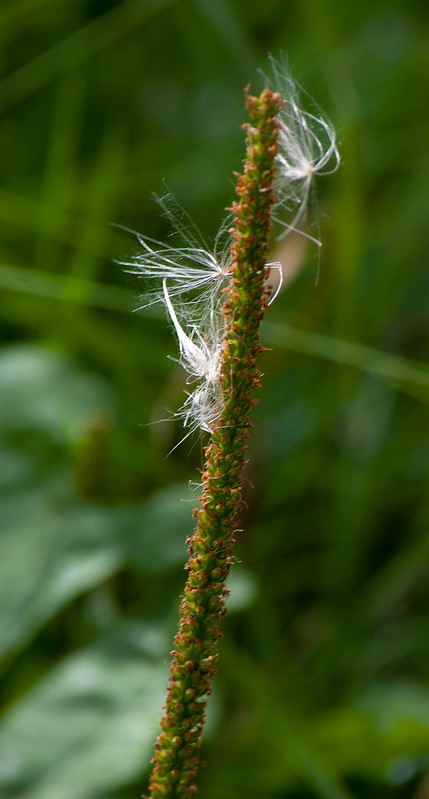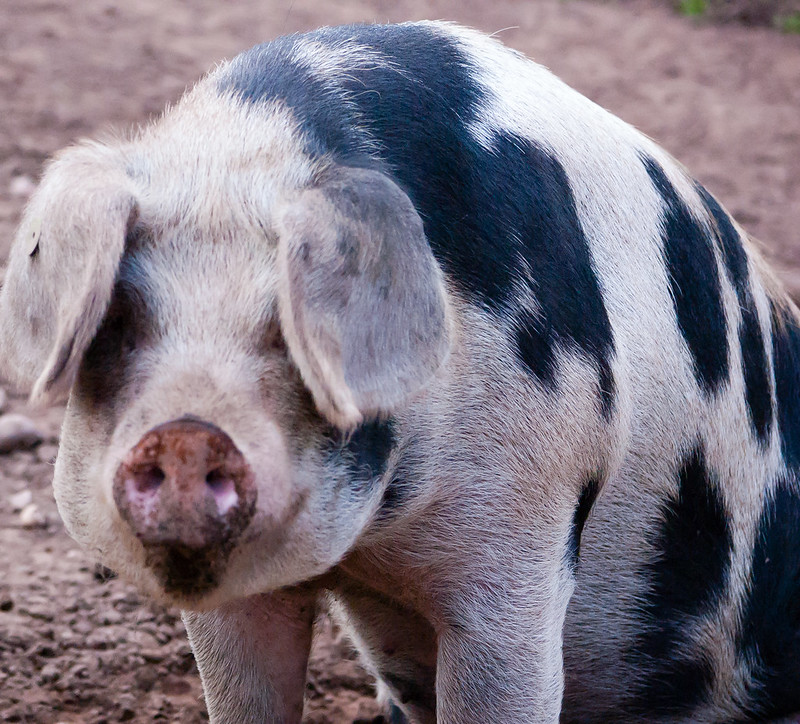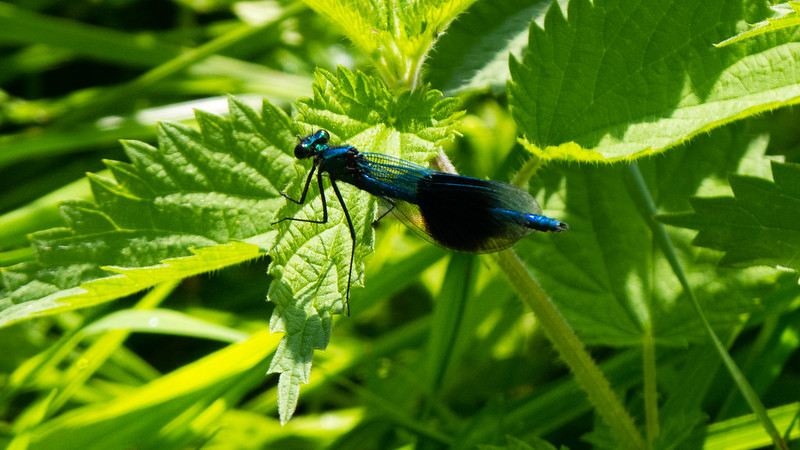Giant polypores are one of the largest of the bracket fungi. This one was infesting a mature oak tree, with the fruiting bodies appearing some ten feet or so off ground level.
The fruiting bodies often grow at ground level, coming from buried wood such as tree roots.



























